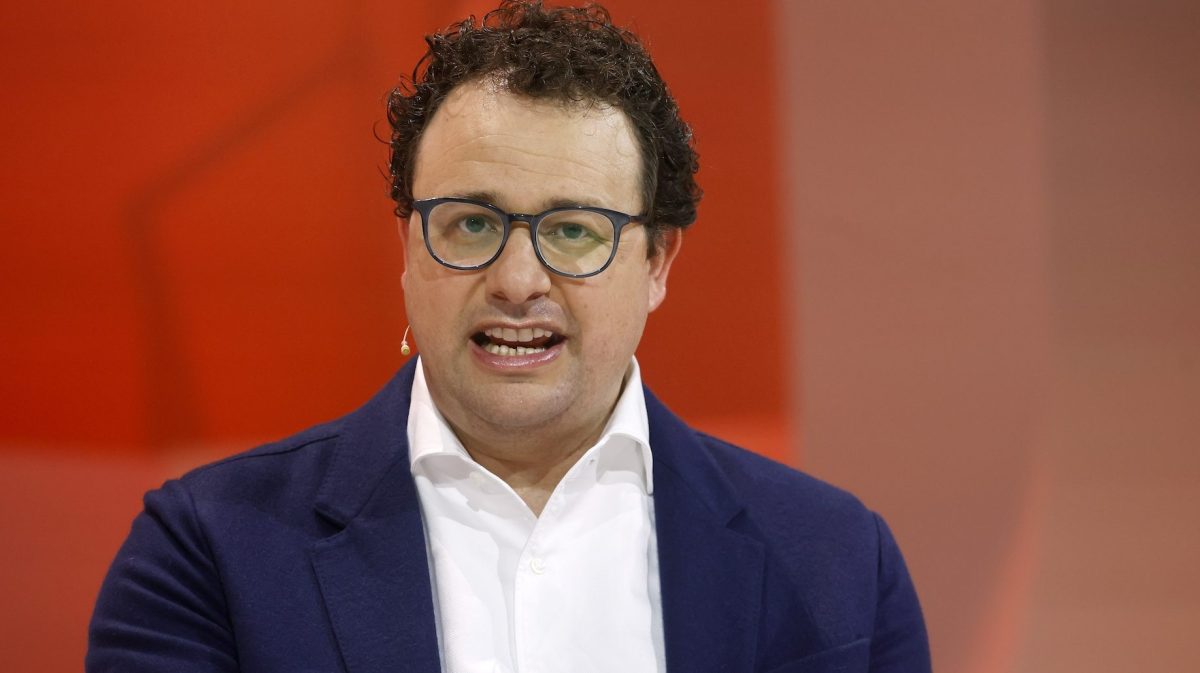As they say, ‘Third time’s a charm,’ One Mobikwik Systems (MobiKwik) has successfully launched its IPO after a couple of failed attempts earlier. The issue, which is entirely a fresh issue of ₹572 crore, is smaller than the earlier ₹1,900 crore in 2021 and ₹700 crore in January this year. The company says this is due to the scale it has already achieved without the need for additional capital.
The company intends to use the issue proceeds as follows: ₹285 crore for funding organic growth, ₹107 crore for R&D, ₹70 crore for capex on payment devices (soundboxes), and the rest for general corporate purposes. Promoters currently hold a 34.3 per cent stake (on a non-diluted basis), which is set to reduce to 25.2 per cent post-IPO.
The issue is valued at an EV/Revenue multiple of 1.8 times based on FY24 revenue. The multiple works out to 1.2 times based on annualized Q1 FY25 revenue. The valuation appears fair given MobiKwik’s scale (see table) compared to the only listed peer, Paytm (One 97 Communications), which trades at a rich valuation of 5.6 times (FY24 revenue). Further, Paytm is yet to turn profitable. MobiKwik, on the other hand, turned profitable in FY24, though boosted by passive other income (other income ₹15.3 crore, net profit ₹14.1 crore). Factors going for the company and against it are discussed below. Overall, considering these factors, the issue appears attractively priced, and long-term investors with a higher risk appetite can subscribe to the issue.
- One Mobikwik Systems IPO Day 2 Live: IPO booked 13.96 times so far
Business model
MobiKwik’s business model has two segments – payment services and financial services. Payment services include facilitating transactions for consumers through MobiKwik Wallet, UPI, cards, bill payments, merchant payments, and money transfers. For merchants, the company offers payment gateway services, soundboxes, and EDC devices (aka PoS devices). The company takes a small cut (take rate of 0.8 per cent of GMV in FY24) out of the value of transactions (GMV – Gross Merchandise Value) in this business.
Under the financial services vertical, the company distributes credit products of its lending partners (banks and NBFCs) to underserved consumers and merchants. For consumers, it offers a short-term (up to 30 days) interest-free facility called MobiKwik ZIP with a ticket size of up to ₹60,000 and a longer loan facility (up to 24 months) called MobiKwik ZIP EMI with a ticket size of up to ₹2 lakh. It also offers co-branded credit cards backed by fixed deposits, partnering with its lending partners. For merchants, MobiKwik offers a cash advance facility with a ticket size of up to ₹2 lakh. It is the lending partners who bear the credit risk, and MobiKwik here acts just as an agent for such partners, offering only services such as underwriting and collections. However, as per Digital Lending Guidelines, the company has an FLDG (first loss default guarantee) liability of up to 5 per cent of the disbursed loan. The take rate (commission earned from lending partners as a percentage of disbursals) in this vertical is higher at 6.1 per cent (FY24). Besides, the company distributes investment products such as fixed deposits, mutual funds, digital gold, insurance, and P2P lending.
All such services are offered on a mobile app. The gross margins of the two verticals are 19.4 per cent and 45.7 per cent (FY24), respectively, and the blended contribution margin is 37 per cent. The revenue split between the two verticals is roughly 50:50.
Things going for MobiKwik
The company has built a scalable business model, ready to capitalise on India’s rapidly growing digital financial products and services market, which is expected to grow at a CAGR of 25 per cent to ₹1.4 lakh crore (in terms of revenue) between FY23 and FY28. The scaling funnel looks like this: more users on the app – higher GMV, credit disbursals, and cross-selling – higher revenue.
The fixed costs (excluding depreciation) as a percentage of revenue are trending downward from 48.8 per cent in FY22 to 33.6 per cent in FY24 (30.6 per cent in Q1 FY25), as revenue has scaled to ₹875 crore at a CAGR of 29 per cent between FY22 and FY24. Q1 FY25 revenue is a healthy ₹342 crore, possibly due to RBI’s action against Paytm (RBI barred Paytm from accepting deposits) since March, aiding market share gains. The total GMV (GMV of both verticals) has grown at a strong CAGR of 46 per cent between FY22 and FY24. The number of registered users has grown at a CAGR of 12 per cent and the number of credit-active users has grown at an even healthier 59 per cent CAGR, aiding higher margins.
Further, user incentive costs (cashbacks, loyalty points to retain users) have fallen from 12 per cent of total income in FY22 to 4.7 per cent in Q1 FY25. The company also has popular merchants like Swiggy, Zomato, Meesho, PharmEasy, ixigo, Dream11, among others, driving a good use case for the app. MobiKwik ZIP for UPI is in the pipeline, and the fairly recent payment gateway and soundbox businesses are expected to drive growth.
Things going against
The fintech space where MobiKwik operates sees cut-throat competition with weak barriers to entry and little scope for differentiation. It gets more intense, especially when you see how mobile apps of mainstream banks are stepping up. The hustle for market share gains could mean higher customer acquisition costs in the future. It is only if the market size expands to accommodate all players that this can be averted.
With RBI closely watching the fintech space, there are always regulatory risks that can lead to penalties or even operational disruptions. Such actions also deter banks and NBFCs from partnering with MobiKwik and similar players since, eventually, credit risk and asset quality are their concerns (about 50 per cent of revenue is from the financial services vertical). RBI’s recent crackdown on NBFC-P2Ps is a good illustration of this perspective.
Further, the revenue from the distribution of lending products is subject to business downcycles. Cybersecurity risks too cannot be discounted in this space.
However, overall, with the issue being priced attractively, there is some margin of safety for long-term investors.








Leave a Comment